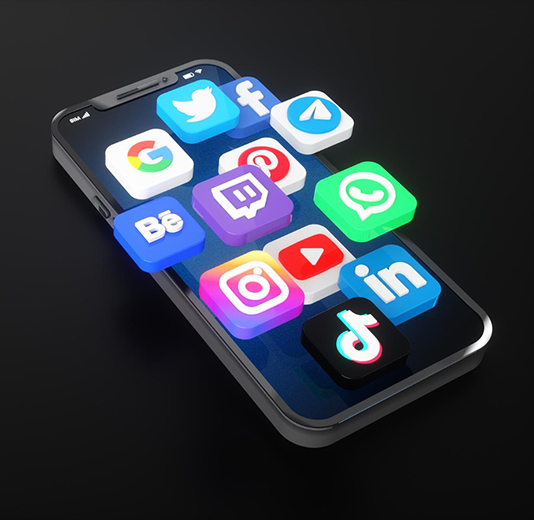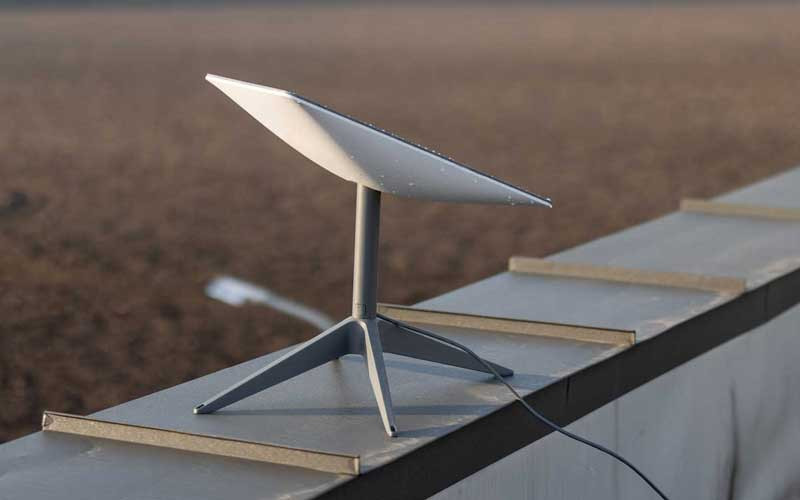In the fast-paced world of technology, one of the most intriguing and transformative developments has been the evolution of wearable technology. From humble beginnings to sophisticated and stylish devices, wearables have come a long way, reshaping the way we live, work, and stay connected.
The Early Days
The roots of wearable technology can be traced back to the 1970s with the introduction of the first digital wristwatch. While these early devices were primarily focused on timekeeping, they laid the foundation for the integration of technology into everyday accessories. The 1980s and 1990s saw the emergence of basic fitness trackers and early attempts at smartwatches, though they were limited in functionality compared to their modern counterparts.
Rise of Fitness Trackers:
The real breakthrough for wearable technology came in the 2000s with the rise of fitness trackers. Devices like the Fitbit paved the way for a new era of health-conscious consumers, offering features such as step counting, heart rate monitoring, and sleep tracking. These wearables not only provided valuable health insights but also sparked widespread interest in the potential of technology to enhance personal well-being.
Smartwatches Take Center Stage:
The true turning point in the evolution of wearables occurred with the introduction of smartwatches. Companies like Apple, Samsung, and Garmin revolutionized the market by combining fitness tracking with smartphone connectivity and a variety of apps. Smartwatches evolved into multifunctional devices capable of handling calls, messages, and even running third-party applications. The integration of voice assistants further expanded their utility, making them indispensable for many users.
Beyond the Wrist: Wearables for Every Lifestyle:
As technology advanced, wearables expanded beyond traditional wrist-based devices. Smart eyewear, such as Google Glass, offered augmented reality experiences, while smart clothing integrated sensors for tracking biometric data. The healthcare industry also embraced wearables, with devices monitoring patients’ vital signs and providing real-time health data to medical professionals.
The Fashionable Future:
In recent years, there has been a growing emphasis on the design and aesthetics of wearables. Fashion and technology have merged seamlessly, with companies focusing on creating devices that not only deliver cutting-edge functionality but also complement personal style. This shift has made wearables more appealing to a broader audience, breaking away from the stereotype of clunky and unattractive tech gadgets.
Challenges and Future Innovations:
Despite the remarkable progress, wearable technology faces ongoing challenges, including concerns about privacy, security, and the need for extended battery life. However, ongoing research and development promise even more exciting innovations. Future wearables may incorporate advanced biometric sensors, flexible displays, and enhanced connectivity, further blurring the line between technology and personal adornment.













